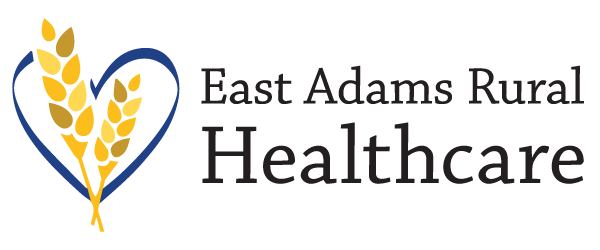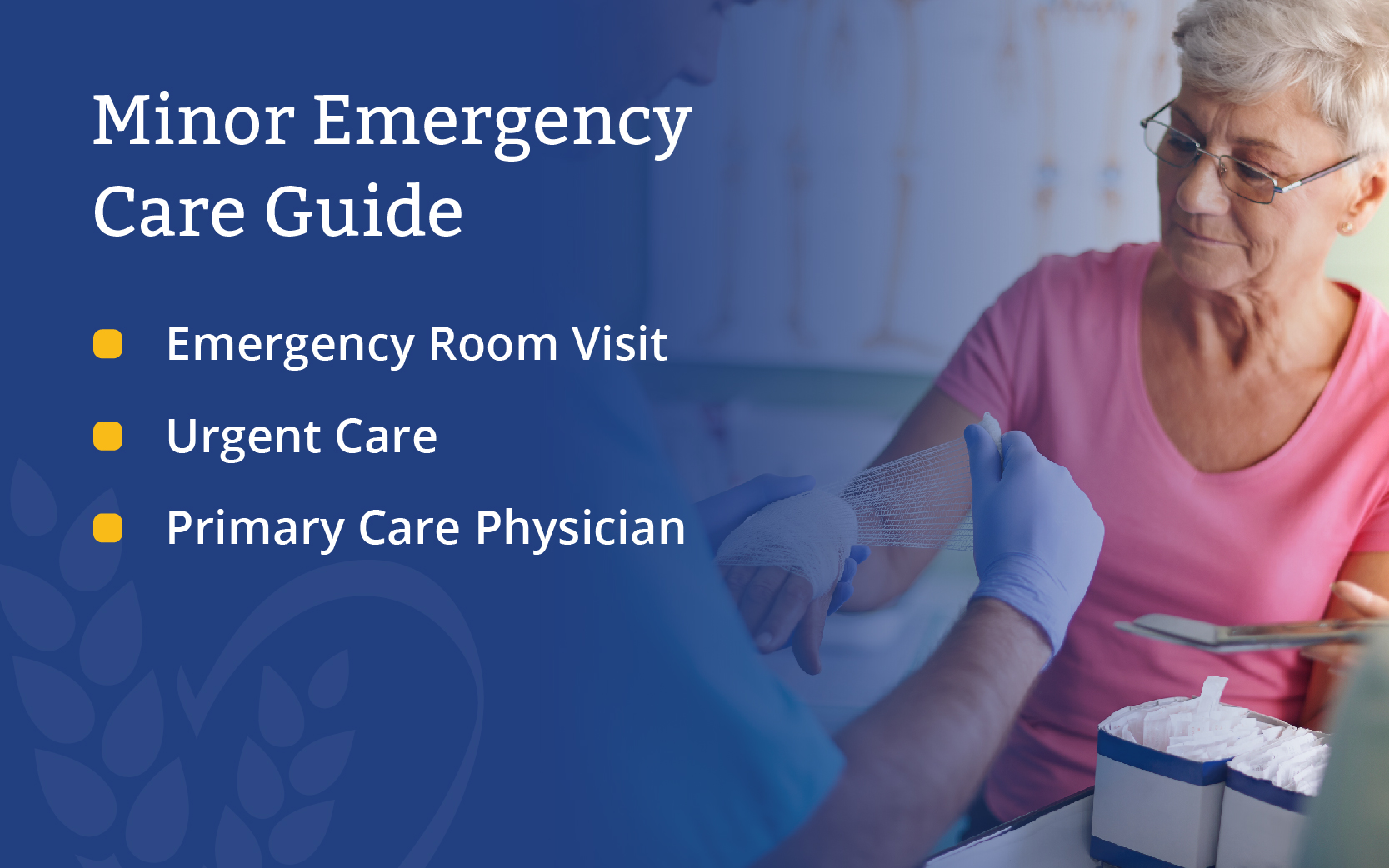We will all experience a medical issue at one time or another because life happens. And when we have families, the chances that we will need help for a minor emergency increase dramatically.
When faced with a medical issue, knowing when to seek the right level of professional care can make all the difference in your health and recovery. Whether you are dealing with a minor emergency or something more serious, understanding the right level of care is important.
In this guide, we will explore what constitutes a minor emergency, when to visit the ER, urgent care, or your primary care doctor, and what to expect when you visit a minor emergency clinic.
What Is a Minor Emergency?
A minor emergency is a medical issue that requires prompt attention but is not life-threatening. These situations are typically manageable without the need for extensive hospital resources. Minor emergencies include small cuts, mild sprains, minor burns, and eye injuries. Unlike urgent care conditions, minor emergencies can be treated with minimal intervention and do not require immediate, life-saving measures.
Examples of Minor Emergencies:
- Cuts and lacerations. Small cuts that may need stitches but aren’t bleeding severely.
- Minor burns. First-degree or small second-degree burns that don’t cover large areas.
- Sprains and strains. Injuries to muscles or ligaments that result in pain, swelling, and limited movement.
- Eye injury. Small foreign objects in the eye, mild chemical exposure, or minor scratches on the cornea.
- Infections. Mild infections such as urinary tract infections or ear infections can be treated with antibiotics.
When to Go to the ER, Urgent Care, or Your Doctor
Deciding where to seek care depends on the severity of your condition. Here is a quick guide to help you determine the appropriate level of care:
Emergency Room Visit:
- Severe bleeding that cannot be stopped.
- Tightness or pain in the chest, especially when accompanied by sweating, shortness of breath, or nausea.
- Difficulty breathing or any situation where breathing becomes labored or stops.
Urgent Care
- Sprains or minor fractures that cause pain and swelling but do not appear to be broken bones or severe joint issues.
- Mild infections like sinus infections, strep throat, or mild UTIs.
- Minor fractures such as small bone fractures that don’t break through the skin or cause severe misalignment.
Primary Care Physician
- Chronic conditions like diabetes or hypertension that require regular monitoring and medication management. Your primary care physician knows you and your condition well and is your best resource for matters related to the condition they are helping you manage.
- Non-urgent symptoms such as cold or flu symptoms, mild allergies, or rashes that do not cause severe discomfort and are not spreading rapidly.
When in doubt, it is always a good idea to contact your healthcare provider for advice. They can guide you to the most appropriate care setting based on your symptoms.
Visual Decision-Making Guide
We put together this chart as a quick visual to help you be better prepared to decide where to go when a medical issue arises:
| CONDITION | CARE NEEDED | WHERE TO GO |
| Severe bleeding | Emergent | Emergency Room |
| Chest pain | Emergent | Emergency Room |
| Difficulty breathing | Emergent | Emergency Room |
| Broken bones | Emergent | Emergency Room |
| Sprains/strains | Prompt | Urgent Care |
| Minor fractures | Prompt | Urgent Care |
| Mild infections | Prompt | Urgent Care |
| Fever without rash | Regular | Walk-in clinic or PCP |
| Mild flu-like symptoms | Regular | Walk-in clinic or PCP |
| Mild allergies | Regular | Walk-in clinic or PCP |
| Chronic conditions | Regular | Walk-in clinic or PCP |
Understanding the severity of your condition is crucial. For example, while a sprained ankle might be painful and inconvenient, it typically does not require the same level of care as a broken bone or severe bleeding, which might necessitate a visit to the emergency room.
What to Expect at a Minor Emergency Clinic
When you visit a minor emergency clinic, you can expect it to be quick and efficient. Upon arrival, you will typically check in and provide your medical history and symptoms to the healthcare team. Depending on the situation, you may undergo a brief examination or diagnostic tests such as X-rays or blood work.
The types of treatments offered at a minor emergency clinic vary but often include:
- Stitches. Treatment for cuts and lacerations that need to be closed.
- Splinting. To immobilize an area injured by a strain, sprain, or fracture.
- Medications. Prescriptions of antibiotics for minor infections or pain relievers for discomfort.
You can rest assured that even though the setting might seem less formal than a hospital, the level of care provided is thorough and professional. The goal is to address your needs efficiently so you can recover quickly.
Come and See Us at East Adams Rural Healthcare
Understanding the difference between minor emergencies and more serious conditions is key to receiving the appropriate care. Whether a cut needs stitches or a sprain requires splinting, seeking timely medical attention is essential for your recovery.
Remember, East Adams Rural Healthcare is here to help Ritzville and the surrounding area residents with all healthcare needs. Our team is ready to assist you at our walk-in clinic so you get the care you need when you need it most.
Visit our website to learn more, or come and see us at our Ritzville walk-in clinic at East Adams Rural Healthcare.

